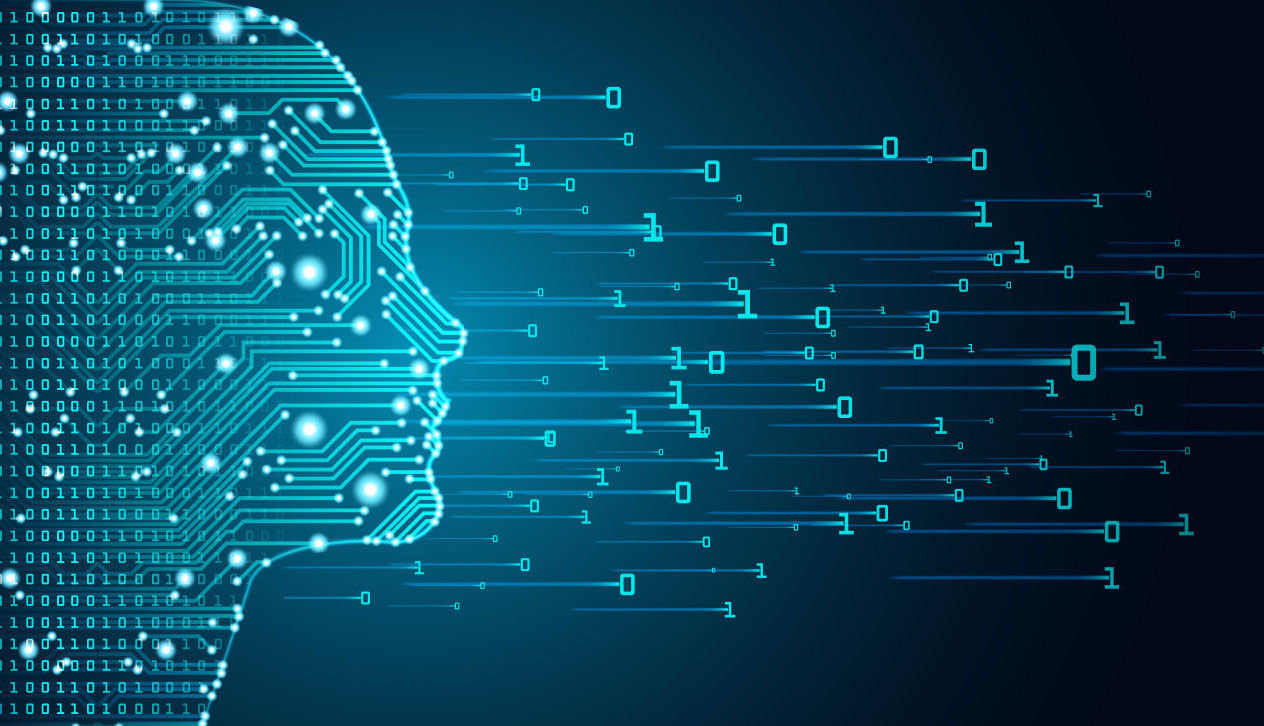5 Reasons Why AI Will Never be Fluent in Semantics
Medical Pharmaceutical Translations • Aug 30, 2019 12:00:00 AM

In an article on information-age.com, author Michael Baxter states that Artificial Intelligence is close to reaching an understanding of Semantics. He also says that the term AI is a misnomer; that while it may be artificial it is still far from intelligent. Most experts in the field agree. But will AI ever really be able to grasp the semantics of language? Will it evolve past keywords to translate entire sentences, paragraphs or books?
Baxter’s article states that AI will reach its milestones of understanding phrases, sentences and paragraphs. These milestones have been – up until now – constrained only by “dataset size and computational power.” Wow. And with the natural language processing market forecasted to reach $22.3 Billion by 2025, the future seems limitless for AI and the techies who control it. It also seems a bit scary for us humans who translate for a living.
Yet, even though machines have taken over a few human jobs in different workplaces and machine translators have become more accurate, they most likely will never totally understand language and replace all human translators. Here are 5 solid reasons why:
It’s a cultural thing. AI just wouldn’t understand.
Try as they might but techies who attempt to get a computer to understand culture would be nigh impossible. While it is hard to tell exactly how many cultures there are in the world, we know there are up to 6,000 languages and within these there are many cultures which use different lexical items specific to their individual cultural identities. The complexity of slang, idioms, names, accents, certain pronunciations and nuances is just too onerous a task for machines. While this challenge will most likely never be overcome by AI, native human speakers will always easily find suitable equivalents in the target language(s). Soaked in the culture into which they translate, human translators can detect the smallest variance in meaning and nuance. The less subjective AI is hindered by its inability to do this with aplomb.
Those pesky multi-faceted words
Often words with dual meanings can be a significant problem for machine translators. These words must be related to the context to help determine their true meanings and only human translators can do this. For example, did you know the word “take” has 343 definitions in English? Many things you “take” seem contradictory. When you take a class, you enroll to attend said class; when you take time off from school, you are doing the opposite of enrolling. You can take a bottle of iced tea and thus have more drink than you had before. Then you can take a bathroom break where you will most likely leave some of that drink in the bathroom. The word “stand” has almost as many definitions as the word “take.” In fact, you can take a stand while sitting down. You can stand up from a seated position to play your violin. And for your sheet music, you can take a music stand to use.
It is tricky just to read that let alone assume AI can relate the word to the context. On the other hand (to use an idiom), for a human translator, it is easy to identify the correct meaning and instantly match the word to the content. Run a document containing words with multiple meanings through a machine translator and look at the inaccurate translations it produces. The result will probably be a confusing, illogical mess.
Localization is tough.
Have you used a machine translator when it comes to Croatian or Lithuanian? I can barely understand my friends’ social media feeds when I hit “see translation.” It reads “My dog has automobile sign habit.” What? I am pretty sure that is not what my intelligent friend wrote.
Machines just can’t be localized enough. And to make it harder still, new phrases are developed quite often. The evolution of language is hard for any machine to pick up as fast as human translators who are experts on localization and different dialects. How can AI constantly keep learning the new phrases? It takes a lot of time, effort, algorithms and humans to input the data. Ironic, no? Whereas, a human translator picks up on the new phrase quickly!
It’s all how you say it.
As you know a document’s tone and style can be funny, technical, persuasive, or even poetic. Invariably, AI misses the meaning behind the words and creates a flat, dull translation that no one wants to read. Only human translation can match and recreate something similar to the style and tone of the original document.
It needs the human touch.
Even with AI’s translation capabilities becoming more “intelligent,” it will never be able to go it alone without human companionship. AI’s goal of greater efficiency and readability is impressive and commendable, however, the need for humans to be part of the machine translation equation is always there. Even if AI spits out a translation, humans still need to proofread the final piece to ensure it is understandable and grammatically correct. Plus, human translators put the finishing touches on the piece to localize and enhance it for the target audience.
And language’s complexity is something only humans can fully understand. In fact, the people behind AI translation know this all too well. They are developing these devices with the intention to help the human translators, not to replace them. And while no human is perfect, they are a lot closer to the meaning of the word than AI ever can dream to be.
By Ilona Knudson
#aiatranslations #artificialintelligence #machinetranslation #translations
